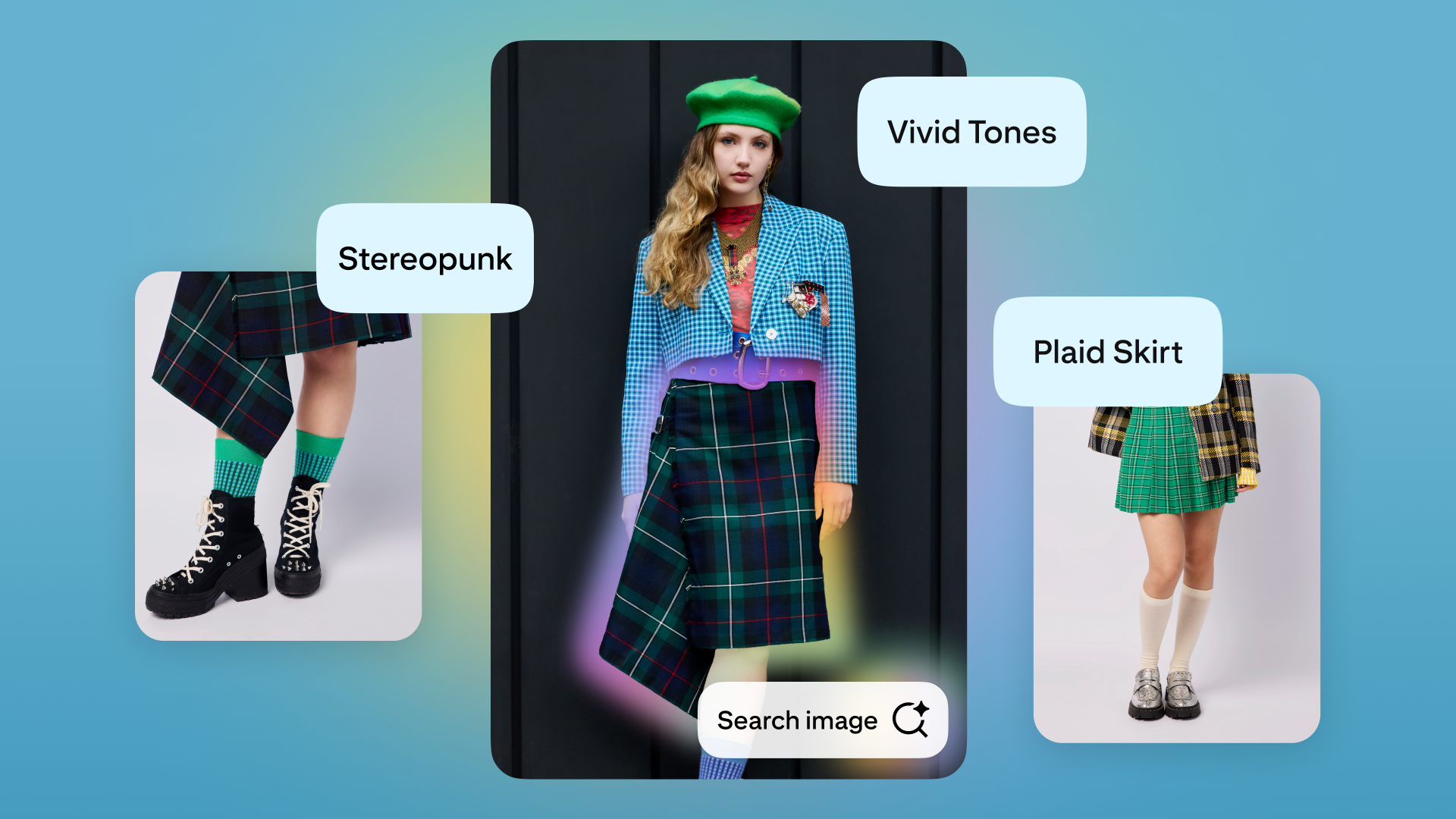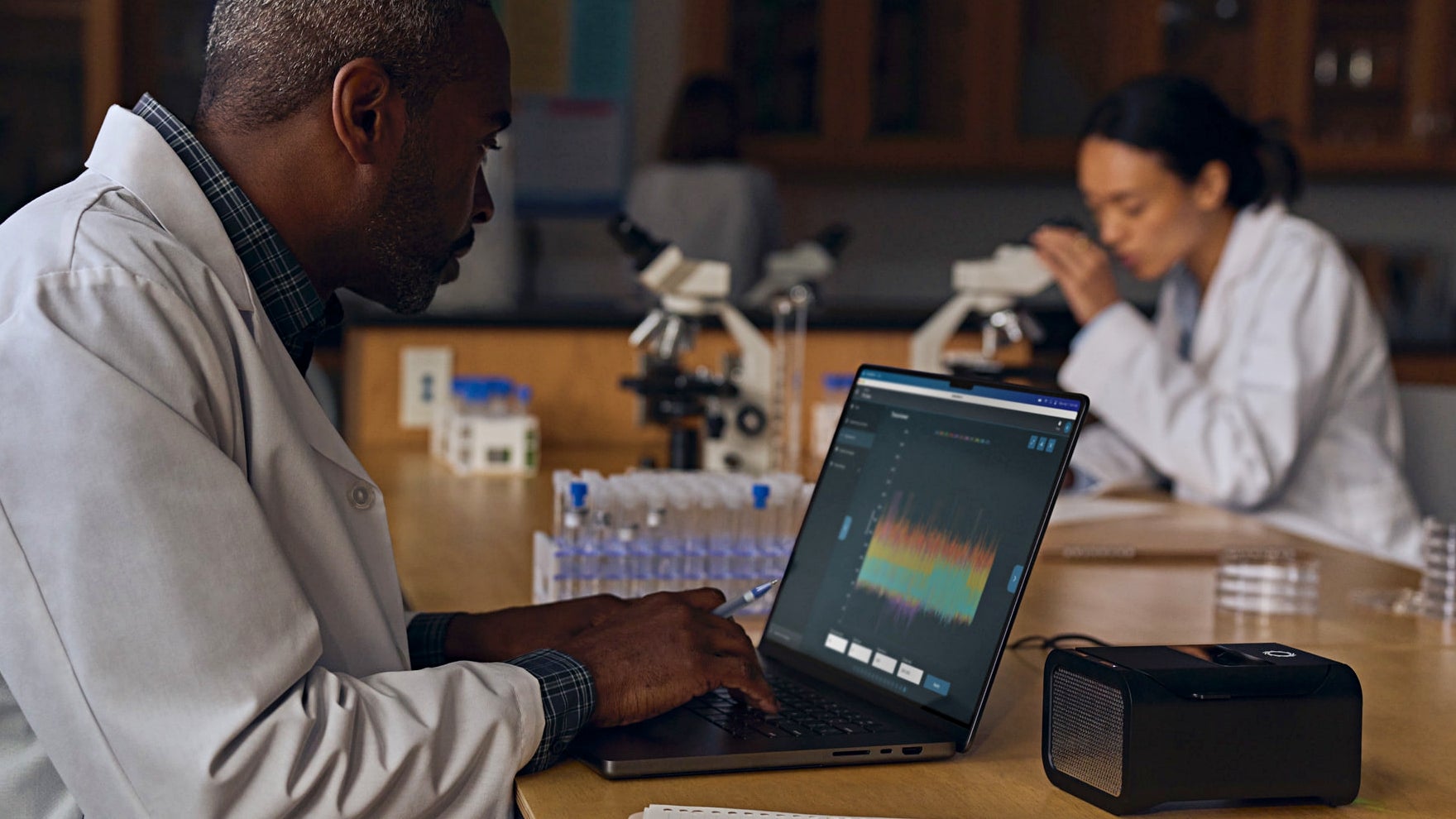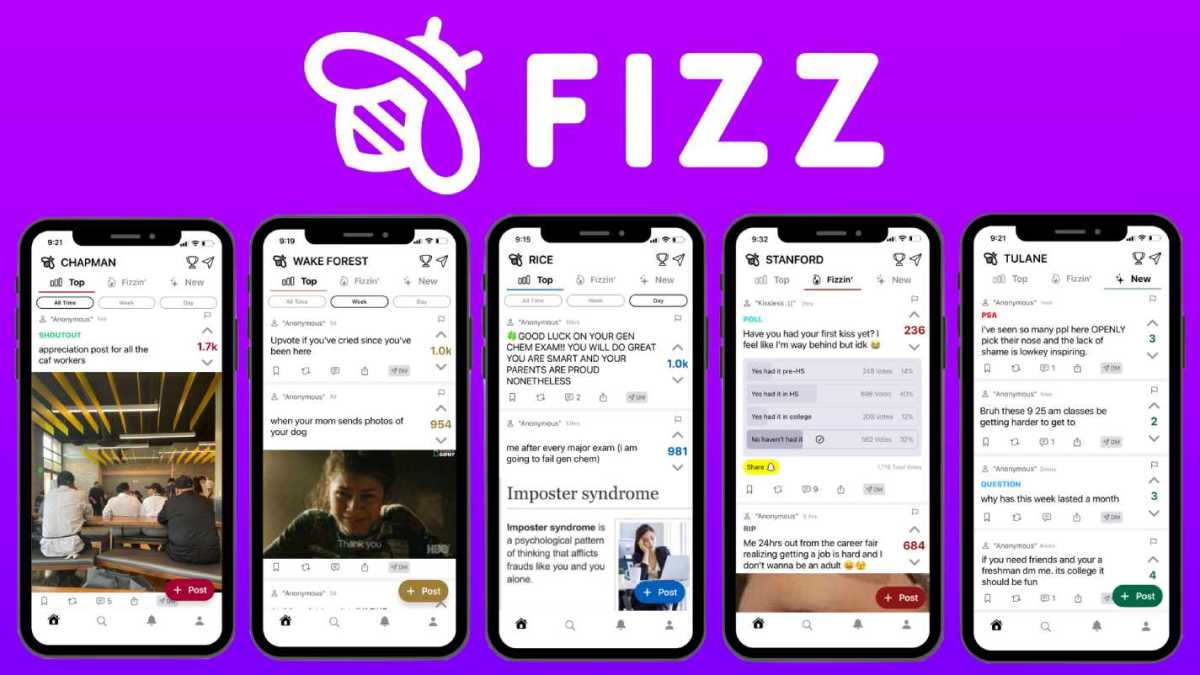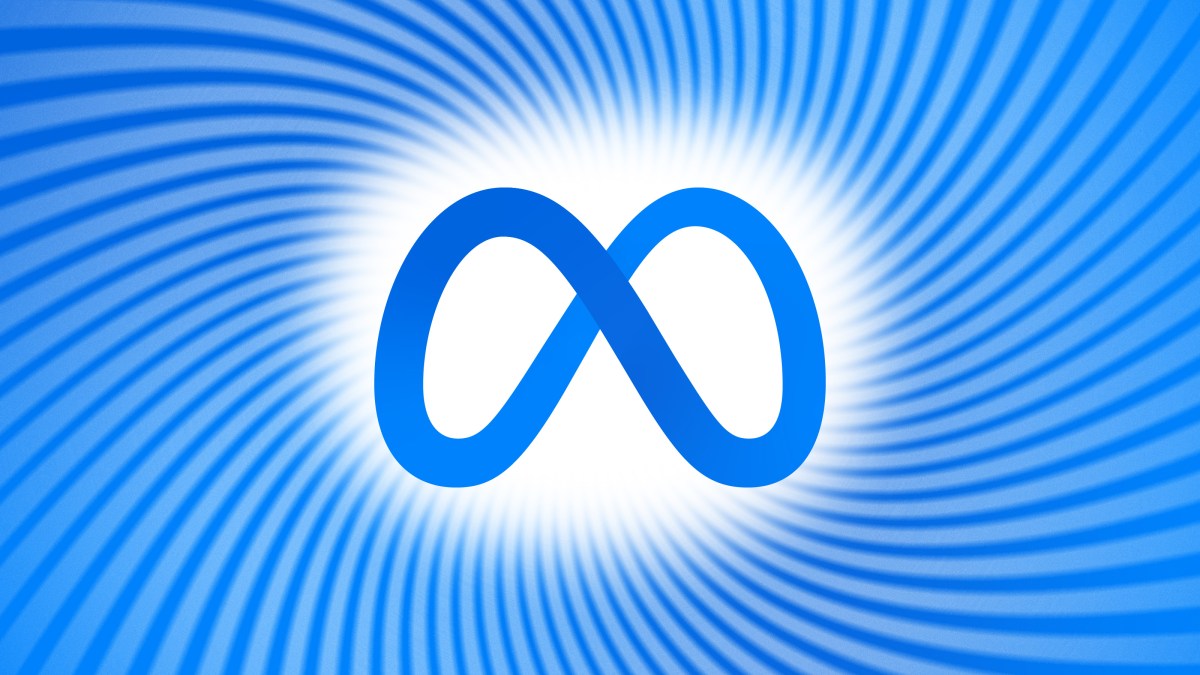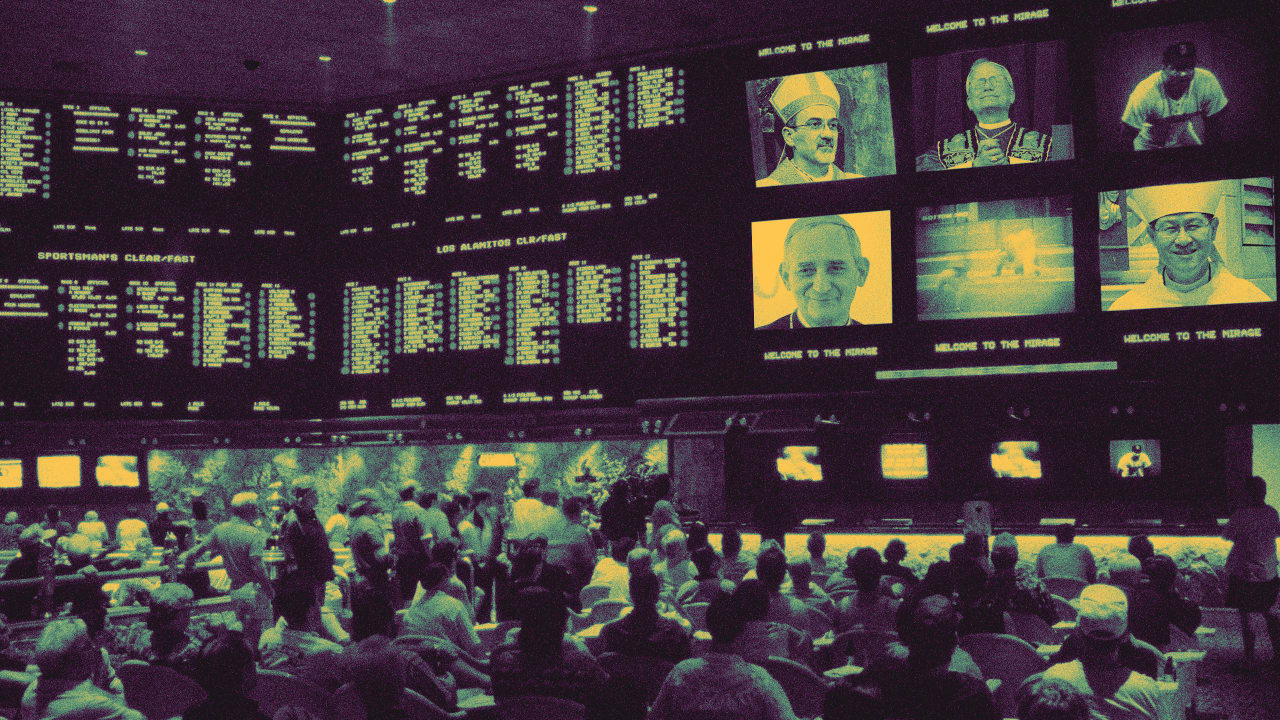Google Search Works How?
Google Search uses a combination of multiple algorithms to rank web pages, with the core system evolving significantly since its inception. Here are the key algorithms and AI models powering Google Search: 1. Core Ranking Algorithms A. PageRank (Original Google Algorithm) Purpose: Measures page authority based on backlinks (links from other sites). How it works: Treats links as "votes" of confidence. Pages with high-quality backlinks rank higher. Modern use: Still a factor, but now combined with 200+ other signals. B. Hummingbird (2013) Purpose: Focuses on semantic search (understanding intent, not just keywords). Key feature: Understands synonyms, conversational queries (e.g., "Where’s the nearest coffee shop?"). Moves beyond exact keyword matching. C. RankBrain (2015) Purpose: Uses machine learning to handle ambiguous or never-seen-before queries. How it works: Interprets unusual searches (e.g., "Why is my TV making a clicking noise?"). Adjusts rankings based on user engagement (click-through rates, bounce rates). D. BERT (2019) & MUM (2021) BERT (Bidirectional Encoder Representations from Transformers): Understands context in sentences (e.g., "Can you get medicine for someone pharmacy?" → interprets "for someone"). MUM (Multitask Unified Model): Handles complex, multi-intent queries (e.g., "Compare 2023 and 2024 Toyota Camry specs"). Works across text, images, and video. 2. AI-Powered Ranking Signals Google increasingly relies on neural networks and AI to refine results: | AI Model | Function | |--------------------|-------------| | DeepRank | Uses deep learning to evaluate page relevance. | | SpamBrain | Detects spammy links and low-quality content. | | GLUE (General Language Understanding Evaluation) | Improves natural language processing. | 3. Quality & Experience Algorithms These penalize or boost pages based on: A. Helpful Content System (2022) Rewards people-first content (written for humans, not just SEO). Demotes "SEO-optimized but useless" pages. B. Core Web Vitals Ranks pages higher if they load fast (LCP), respond quickly (FID), and are stable (CLS). C. Mobile-First Indexing Uses the mobile version of a page for ranking (since most searches are on phones). 4. Real-Time Updates Caffeine Index: Continuously updates the index (no more monthly "Google Dance"). Freshness Algorithms: Prioritize newer content for trending topics (e.g., "NBA scores today"). How These Algorithms Work Together Query Processing: BERT/MUM interprets your search (e.g., "best budget phone under $300"). Candidate Retrieval: Fetches potentially relevant pages from the index. Neural Re-Ranking: RankBrain and DeepRank refine the order based on context. Final Ranking: Applies spam filters, freshness, and personalization (if enabled). Example: Searching "How to fix a leaky faucet" Hummingbird understands "leaky faucet" = plumbing issue. BERT recognizes "fix" implies a tutorial, not a product page. PageRank prioritizes DIY sites with authoritative backlinks (e.g., HomeDepot.com). Helpful Content System boosts step-by-step guides over affiliate pages. Core Web Vitals demotes slow-loading videos. Why Some Pages Rank Higher Than Others ✅ High Authority: Many quality backlinks (PageRank). ✅ Great UX: Fast, mobile-friendly (Core Web Vitals). ✅ Relevant Content: Matches search intent (BERT/MUM). ❌ Spammy/Thin Content: Buried by SpamBrain. Google updates these algorithms 500–600 times per year, with major updates like Core Updates shifting rankings globally. Would you like details on how to optimize for a specific algorithm?
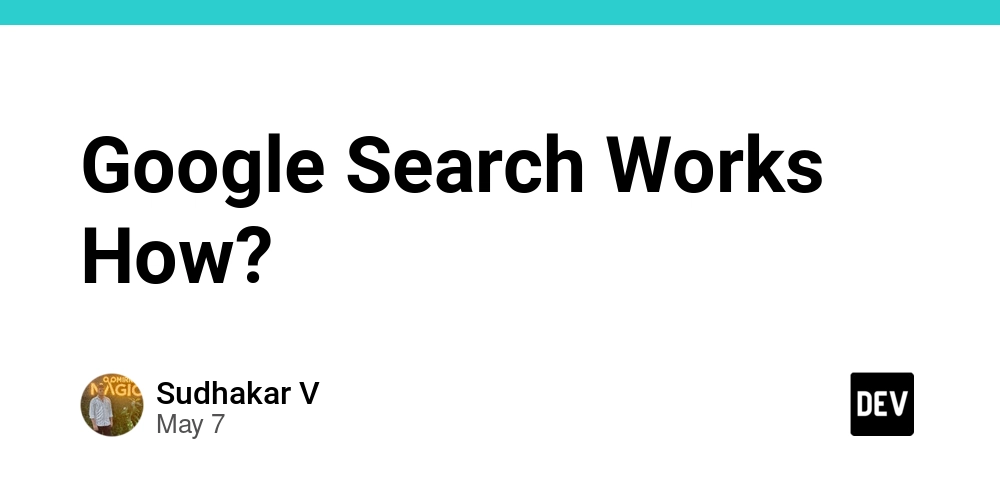
Google Search uses a combination of multiple algorithms to rank web pages, with the core system evolving significantly since its inception. Here are the key algorithms and AI models powering Google Search:
1. Core Ranking Algorithms
A. PageRank (Original Google Algorithm)
- Purpose: Measures page authority based on backlinks (links from other sites).
-
How it works:
- Treats links as "votes" of confidence.
- Pages with high-quality backlinks rank higher.
- Modern use: Still a factor, but now combined with 200+ other signals.
B. Hummingbird (2013)
- Purpose: Focuses on semantic search (understanding intent, not just keywords).
-
Key feature:
- Understands synonyms, conversational queries (e.g., "Where’s the nearest coffee shop?").
- Moves beyond exact keyword matching.
C. RankBrain (2015)
- Purpose: Uses machine learning to handle ambiguous or never-seen-before queries.
-
How it works:
- Interprets unusual searches (e.g., "Why is my TV making a clicking noise?").
- Adjusts rankings based on user engagement (click-through rates, bounce rates).
D. BERT (2019) & MUM (2021)
-
BERT (Bidirectional Encoder Representations from Transformers):
- Understands context in sentences (e.g., "Can you get medicine for someone pharmacy?" → interprets "for someone").
-
MUM (Multitask Unified Model):
- Handles complex, multi-intent queries (e.g., "Compare 2023 and 2024 Toyota Camry specs").
- Works across text, images, and video.
2. AI-Powered Ranking Signals
Google increasingly relies on neural networks and AI to refine results:
| AI Model | Function |
|--------------------|-------------|
| DeepRank | Uses deep learning to evaluate page relevance. |
| SpamBrain | Detects spammy links and low-quality content. |
| GLUE (General Language Understanding Evaluation) | Improves natural language processing. |
3. Quality & Experience Algorithms
These penalize or boost pages based on:
A. Helpful Content System (2022)
- Rewards people-first content (written for humans, not just SEO).
- Demotes "SEO-optimized but useless" pages.
B. Core Web Vitals
- Ranks pages higher if they load fast (LCP), respond quickly (FID), and are stable (CLS).
C. Mobile-First Indexing
- Uses the mobile version of a page for ranking (since most searches are on phones).
4. Real-Time Updates
- Caffeine Index: Continuously updates the index (no more monthly "Google Dance").
- Freshness Algorithms: Prioritize newer content for trending topics (e.g., "NBA scores today").
How These Algorithms Work Together
-
Query Processing:
- BERT/MUM interprets your search (e.g., "best budget phone under $300").
-
Candidate Retrieval:
- Fetches potentially relevant pages from the index.
-
Neural Re-Ranking:
- RankBrain and DeepRank refine the order based on context.
-
Final Ranking:
- Applies spam filters, freshness, and personalization (if enabled).
Example: Searching "How to fix a leaky faucet"
- Hummingbird understands "leaky faucet" = plumbing issue.
- BERT recognizes "fix" implies a tutorial, not a product page.
- PageRank prioritizes DIY sites with authoritative backlinks (e.g., HomeDepot.com).
- Helpful Content System boosts step-by-step guides over affiliate pages.
- Core Web Vitals demotes slow-loading videos.
Why Some Pages Rank Higher Than Others
- ✅ High Authority: Many quality backlinks (PageRank).
- ✅ Great UX: Fast, mobile-friendly (Core Web Vitals).
- ✅ Relevant Content: Matches search intent (BERT/MUM).
- ❌ Spammy/Thin Content: Buried by SpamBrain.
Google updates these algorithms 500–600 times per year, with major updates like Core Updates shifting rankings globally.
Would you like details on how to optimize for a specific algorithm?









































































































































































![[The AI Show Episode 146]: Rise of “AI-First” Companies, AI Job Disruption, GPT-4o Update Gets Rolled Back, How Big Consulting Firms Use AI, and Meta AI App](https://www.marketingaiinstitute.com/hubfs/ep%20146%20cover.png)










































































































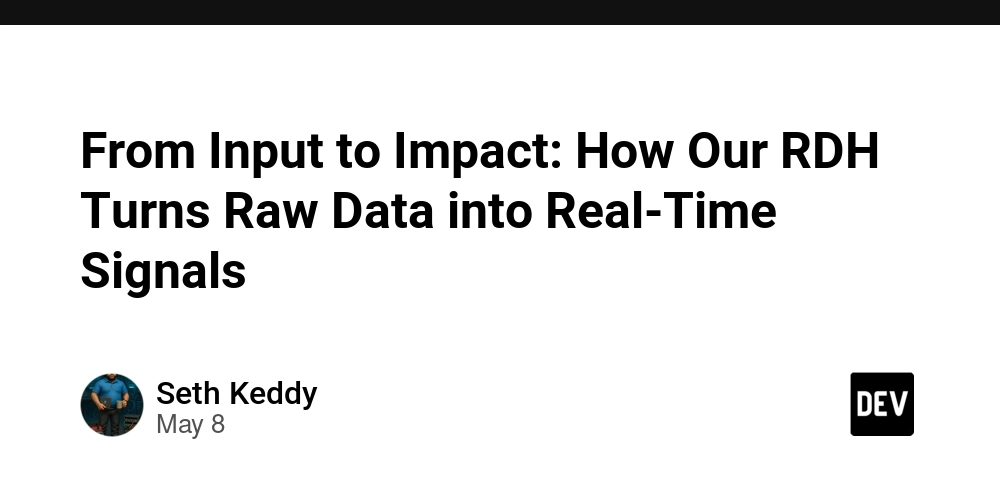















![[DEALS] The Premium Python Programming PCEP Certification Prep Bundle (67% off) & Other Deals Up To 98% Off – Offers End Soon!](https://www.javacodegeeks.com/wp-content/uploads/2012/12/jcg-logo.jpg)














































































































































_Aleksey_Funtap_Alamy.jpg?width=1280&auto=webp&quality=80&disable=upscale#)
_Sergey_Tarasov_Alamy.jpg?width=1280&auto=webp&quality=80&disable=upscale#)


























































































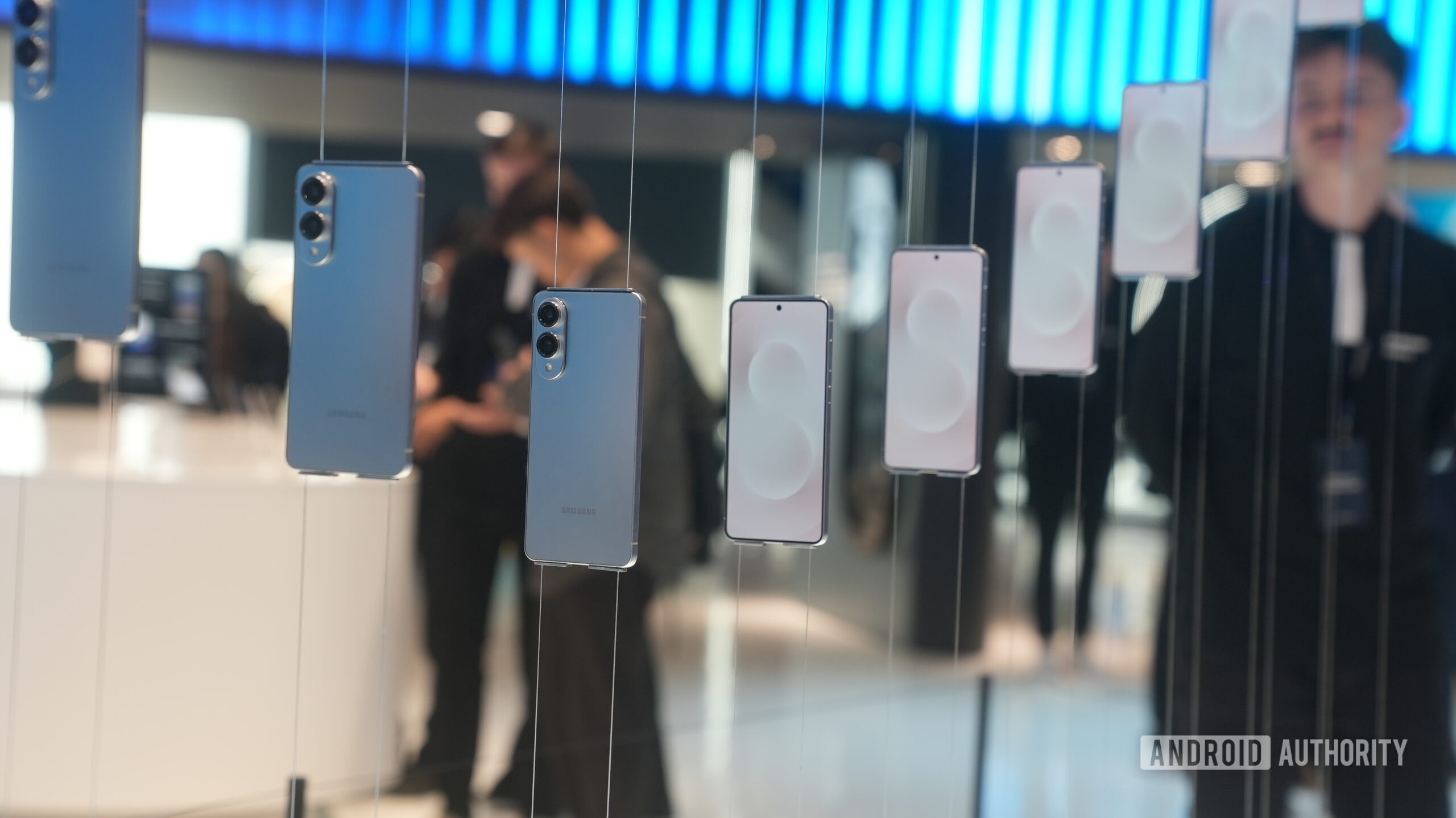

















![Apple Developing New Chips for Smart Glasses, Macs, AI Servers [Report]](https://www.iclarified.com/images/news/97269/97269/97269-640.jpg)
![Apple Shares New Mother's Day Ad: 'A Gift for Mom' [Video]](https://www.iclarified.com/images/news/97267/97267/97267-640.jpg)
![Apple Shares Official Trailer for 'Stick' Starring Owen Wilson [Video]](https://www.iclarified.com/images/news/97264/97264/97264-640.jpg)
















